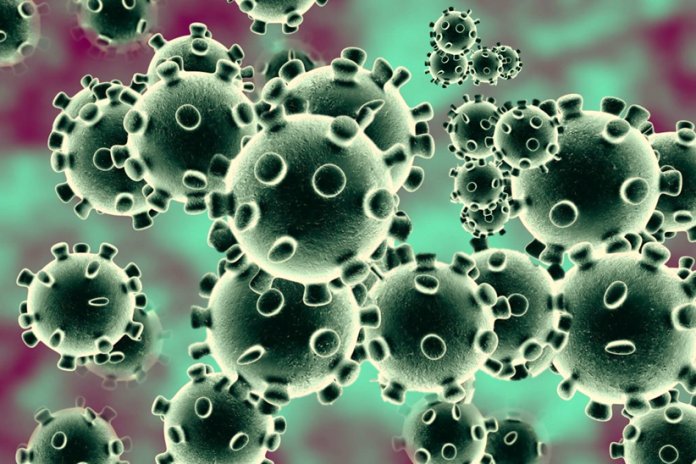Local
Study Links High Pollution Levels To COVID-19

By Chuks Ekpeneru
A report by some medical practitioners says high levels of air pollution could raise the risk of dying from COVID-19.
In separate reports, the Harvard study suggests lower pollution levels in the years before the pandemic could have resulted in a significant decrease in COVID-19 death rates.
Also, another study, at the University of Siena, in Italy, and Arhus University, in Denmark, suggests a possible link between high levels of air pollution and COVID-19 deaths in northern Italy
The US study suggests COVID-19 death rates rise by about 15% in areas with even a small increase in fine-particle pollution levels in the years before the pandemic.
“Patterns in COVID-19 death rates generally mimic patterns in both high population density and high [particulate matter] PM2.5 exposure areas,” the Harvard University report says.
These particles, one-30th the diameter of a human hair, have previously been linked to health issues including respiratory infections and lung cancer.
The Harvard study has not yet been peer-reviewed but Ludwig Maximilian University of Munich Chair of epidemiology Air pollution linked to raised COVID-19 death risk Prof Annette Peters told BBC News its findings “are in line with earlier reports on hospitalisation and mortality due to pneumonia”.
“It is one of the first studies substantiating our suspicion and the hypothesis that severity of the COVID-19 infection may be augmented by particulate matter air pollution,” she said.
Report author Prof Francesca Dominici said: “We hope it will help stop the air quality from getting worse, particularly when we are hearing about authorities trying to relax pollution rules amid this pandemic.”
According to the report which looked at the case of Italy, Lombardy and Emilia Romagna regions had death rates of about 12%, compared with 4.5% in the rest of Italy.
The study, published in Science Direct, says: “The high level of pollution in northern Italy should be considered an additional co-factor of the high level of lethality recorded in that area.”
Population, age, differing health systems, and a variation in prevention policies across regions should also be taken into account.
Meanwhile, in the Philippines, Cesar Bugaoisan, of the Association for Respiratory Care Practitioners, said: “In our preliminary data, almost all of the dead individuals in the country due to coronavirus had pre-existing conditions, most of them linked to air pollution.”
Air pollution already kills about seven million people every year, the WHO says.
And more than 90% of the world’s population live in places where air pollution exceeds its guideline limits, mostly in poor countries.
Many of the affected countries are in South Asia, the Middle East, sub-Saharan, and North Africa, according to a World Bank report last year.
Cities in Chile, Brazil, Mexico and Peru also have dangerous levels of air pollution, according to several WHO and United Nations reports.
India has the most cities with high air pollution levels, the World Air Quality Report says
But the World Air Quality Report 2019 suggests India has the most cities with high air pollution levels.
Dr S K Chhabra, pulmonary department head at Primus Super Speciality Hospital, in Delhi, said: “If we see a significant rise in the spread of the virus, people with underlying conditions because of air pollution will definitely be the worst affected.”
And Public Health Foundation India president Prof Srinath Reddy said: “If air pollution has already damaged the airways and lung tissue, there is reduced reserve to cope with the onslaught of coronavirus.”
But Dr Rajni Kant Srivastava, of the Indian Council for Medical Research, said: “There is not enough evidence and we have also not carried out any such study.”
Mexico and Peru also have dangerous levels of air pollution
The 2002 severe acute respiratory syndrome (Sars) outbreak, caused by a different strain of coronavirus, infected more than 8,000 people, in 26 countries, and killed almost 800.
And a 2003 University of California, Los Angeles study suggested people from areas of high air pollution were more than twice as likely to die from the disease.
Send Us A Press Statement Advertise With Us Contact Us
And For More Nigerian News Visit GWG.NG

